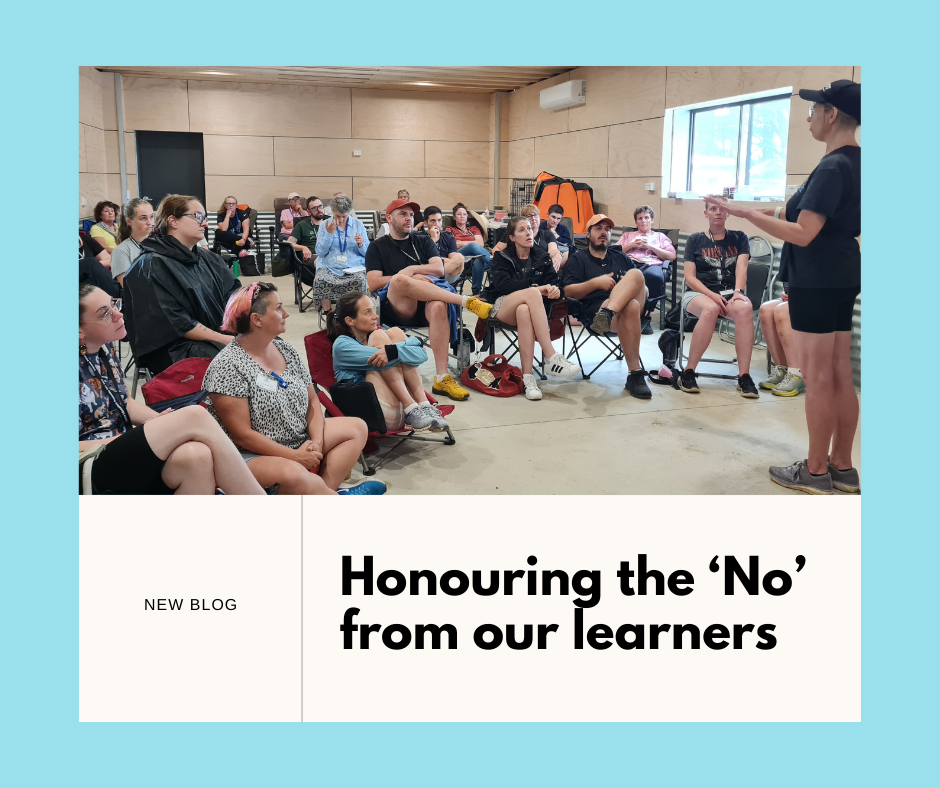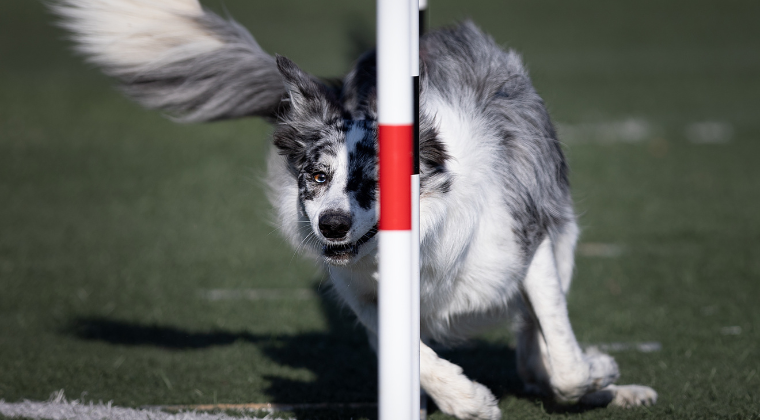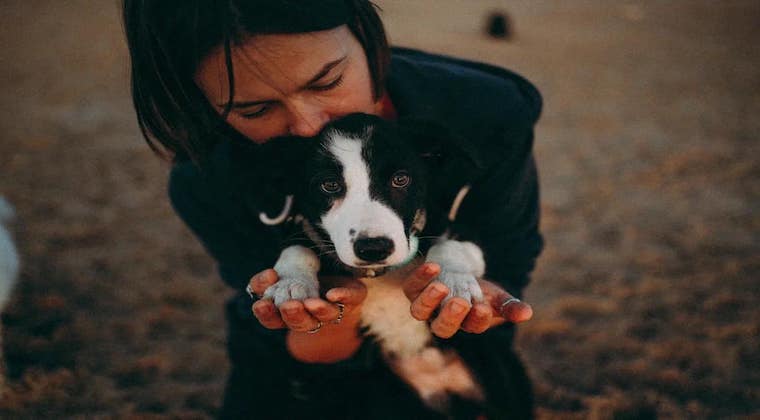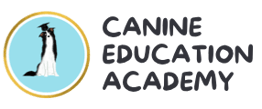Relationships and Reinforcement, how good an observer are you?
How would you define your relationship with your dog/s? Last week in our blog, 'When Food and Toys are not Reinforcing', we looked at how knowing our learner is key to finding out what is reinforcing. I guess for me, my prior experience was leaving me a little short on what to do when Tom crossed my path.
Until Tom came to live with me, I never had to question the value of the reinforcers I was using, I had moments where I thought I could do well to use a toy instead of food, but all my dogs had been so incredibly food driven in the past (think Sheltie owner, Lab x Rottie owner!), so that until I was challenged to learn a new way of thinking about this, I hadn't gone down that path.
I hadn't needed to evaluate whether what I was using was working, because I had never had food challenged as a reinforcer before. I owe Tom a big thank you. Thank you buddy!
Tom has taught me how vital our observation skills need to be, but more importantly, our relationship with our dogs is a fundamental factor in being able to not only find what is reinforcing, but also in how good your non food/toy reinforcers will be. And this cannot be something you rush into. So without going too far down that rabbit hole in one post, I'm going to stick to my observation of my learner's love of toys, when not paired with my front or back door, and how that showed me what to do next.
In November 2018, I had a major knee injury, I was on crutches for 6 weeks and so my movement was limited. During this time, I would often work on toy play with Tom, while being seated. Tom was a star, in a short period of time he was slamming toys into my hand and would often go pick up a toy for me. One day while I was doing a stock take of the toys we have for sale here, he came and offered 14 shoes from our wardrobe in the hope I'd give him a toy and have a game.
Then came the weirdest thing, once I was off crutches, he began to circle out wide before returning with a toy, then would keep the toy away altogether. Very soon, I had a dog who was grabbing at hands, refusing to bring toys back and doing laps while I went back to swapping toys as my method of getting him to bring in the toy he was refusing to give up.
I messaged a friend who has trained working breed dogs for a long time and is a very respected agility coach in Sydney. She said 'Ok, I think it might be pressure'. I think as dog trainers we need to call on each other more, just when we have these questions, and we need to support each other on the journey too. We headed off to see her, and what came out of our visit, was now that I was up on my feet, I was leaning forward and over my dog whenever he was coming close. I also was facing him front on expecting delivery of the toy as well.
We went back to me being seated, and Tom shoved the toy at me. I stood up, and he circled, refusing to come closer than a few metres away. I ran the other direction and put my hand out and he came up with the toy, as long as I was side on. I had something to work with!
It might seem logical to you, but training on my own, as many of us do, I was a little lost. We were working on Shade Whitesel's Toy Play Cues at this time as well, along with testing his ability to focus through use of marker signals and his ability to respond which Maria Thiry had been walking me through.
So what did we do? I got out of his space, our toys are on leads, long lines, and our old toys have Connect-A-Tugs from Salty Dog attached, the acceleration in his understanding of Marker Cues was phenomenal. And I let Tom win a lot. Tugging games are short, his release of the toy to my hand is rewarded with the cue to 'Strike' or 'Chase', along with a physical cue with my hands and there is a level of focus developing because he knows where the reinforcement is coming from. We often alternate with food, delivered on cue, as an alternative to the toy reward for release and this transfer of value for food has built over time.
There is also the option of 'choice' here that I need to unpack soon too. Imagine if our dogs could tell us how they wanted to be reinforced? How I present my physical cue, if I'm a good observer, tells me loads about what my dog wants as a reinforcer. But that is for another post.
In short, my relationship, our reinforcement history, getting help from another observer, making my communication clearer, have been all intertwined, our relationship builds as a result, which entrenches his reinforcement history, my observations get better and we move on.






From the blog



